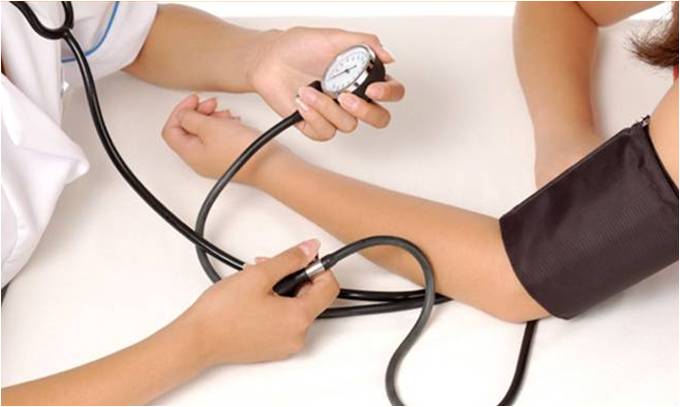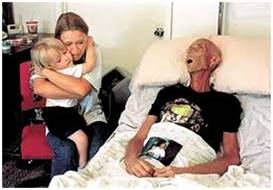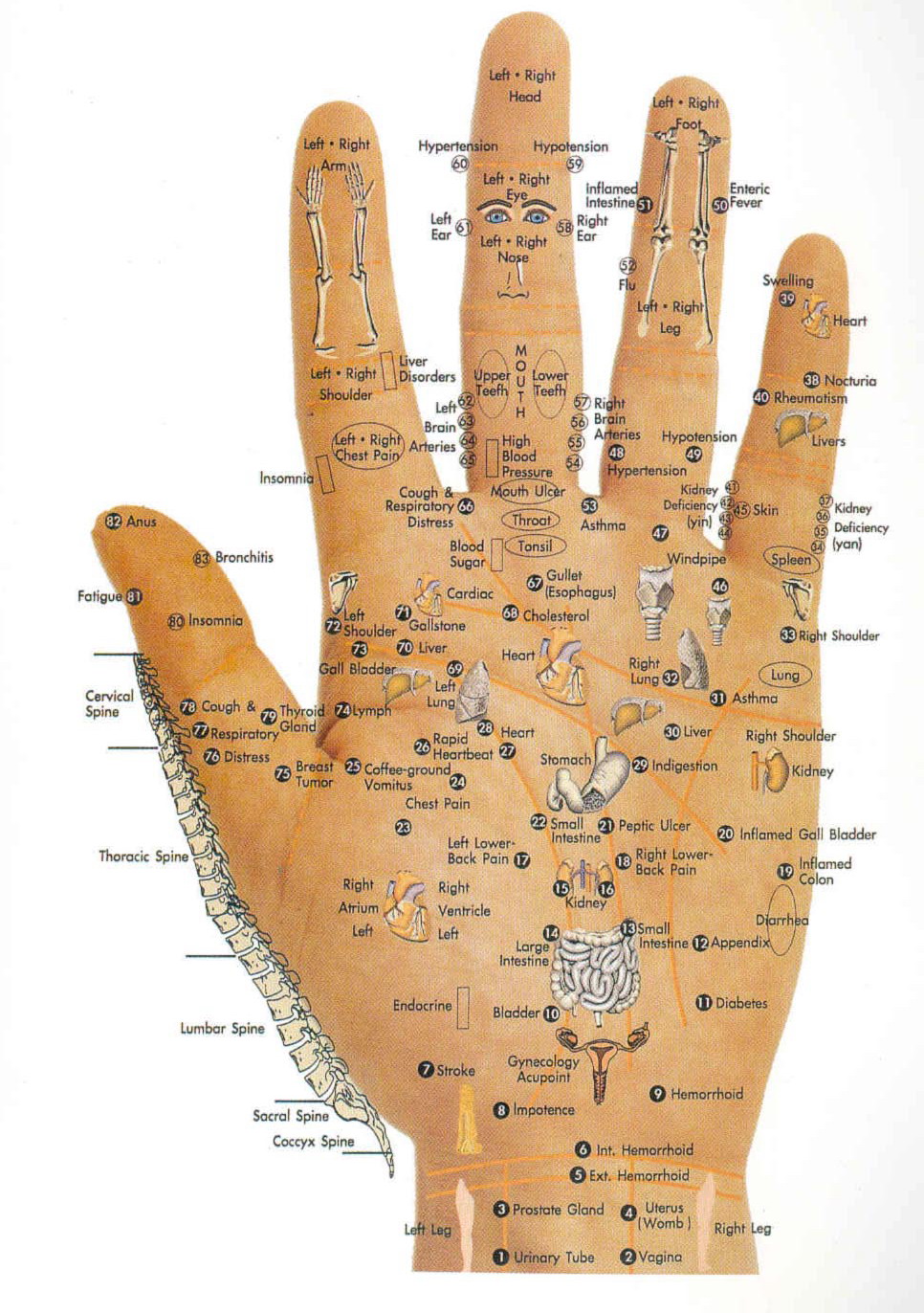
Natural Cure for Heart Diseases:
Please visit: BP, Veins Blockage, Cholesterol, Fatty Liver, Gallstones, Sugar, Gangrene, Liver, Stomach Natural Cure: – Healthy Manners xosotin chelseathông tin chuyển nhượngcâu lạc bộ bóng đá arsenalbóng đá atalantabundesligacầu thủ haalandUEFAevertonfutebol ao vivofutemaxmulticanaisonbetbóng đá world cupbóng đá inter milantin juventusbenzemala ligaclb leicester cityMUman citymessi lionelsalahnapolineymarpsgronaldoserie atottenhamvalenciaAS ROMALeverkusenac milanmbappenapolinewcastleaston villaliverpoolfa cupreal madridpremier leagueAjaxbao bong da247EPLbarcelonabournemouthaff […]



